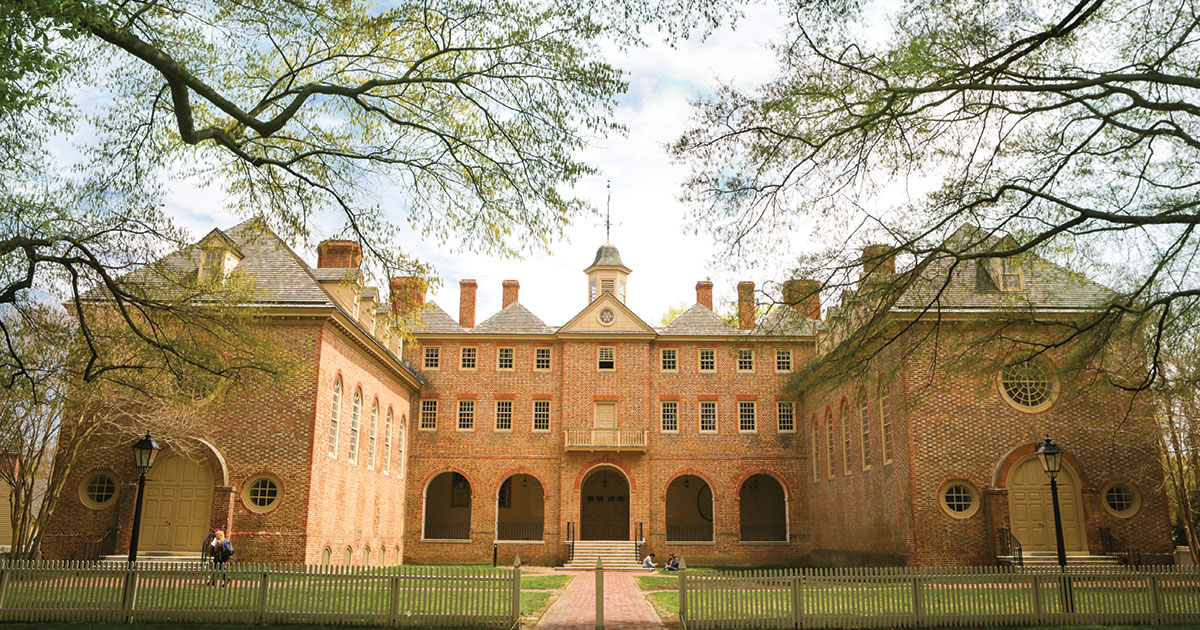Johnsens put focus on Eastern Shore
“I first became aware of the Virginia Institute of Marine Science because of sea scallops,” noted VIMS Foundation President Steve Johnsen. With his Norfolk brokerage insuring many fishing vessels in Hampton Roads, Johnsen soon learned of the role VIMS played in saving the local fishery. “Without the work done by VIMS, there wouldn’t be offshore scallops,” he said.
In its more than 30-year history of scallop research, advisory service, and management, VIMS has been in the forefront of research that enhanced understanding of sea scallops and led to the present management process, which resulted in a profitable, sustainable sea scallop industry. Today sea scallops are an $80 million annual economic benefit to the Commonwealth.
Johnsen’s interest in VIMS’ work led him to join the VIMS Council in 2006, where he served until joining the VIMS Foundation Board in 2015. The Foundation Board promotes philanthropy to and stewards the philanthropic resources of the VIMS Foundation.
When Steve and his wife, Barbara, began considering a special gift to VIMS, their focus was clear. “We wanted to make a gift to impact the Eastern Shore,” Steve Johnsen said. While the Johnsens may not be from Virginia’s Eastern Shore originally, it’s certainly where their hearts are. Since they bought property there in 1983, the couple have lovingly restored six homes, including their present home in Onancock, and fully embraced the community. Their gift, earmarked for the Dean and Director’s Fund for the Eastern Shore, has already begun to make an impact with the order of a new work boat for VIMS’ Eastern Shore Lab.
Dr. Christopher Hein, assistant professor in the Department of Physical Sciences at VIMS, will be one of the primary users of the boat and is eagerly anticipating its May delivery date. “The Peregrination will be a phenomenal addition to the VIMS small vessel fleet, bringing with it fully unique capabilities that will greatly expand our research program on the barrier islands of the Virginia Eastern Shore and more broadly along the U.S. East Coast over time.”
The new vessel will be a highly capable and flexible work boat, allowing VIMS scientists to collect sediment cores in shallow water bays and marsh environments, notably in sites formerly too deep for them to access. It will also serve as a platform to transport equipment to remote, inaccessible barrier islands, sand bars, and marshes.
“These capabilities will allow myself and my team of graduate and undergraduate students to explore the long-term formation of these coastal systems, better understand the forces driving their evolution, and map the responses of these systems to those changes. Without the Johnsens’ gift, which made purchase of the Peregrination possible, we would remain highly limited in the scope of our studies, and be stinted in our ability to better project the dynamics, rates of change, and overall stability of barrier island systems to future coastal change.”

